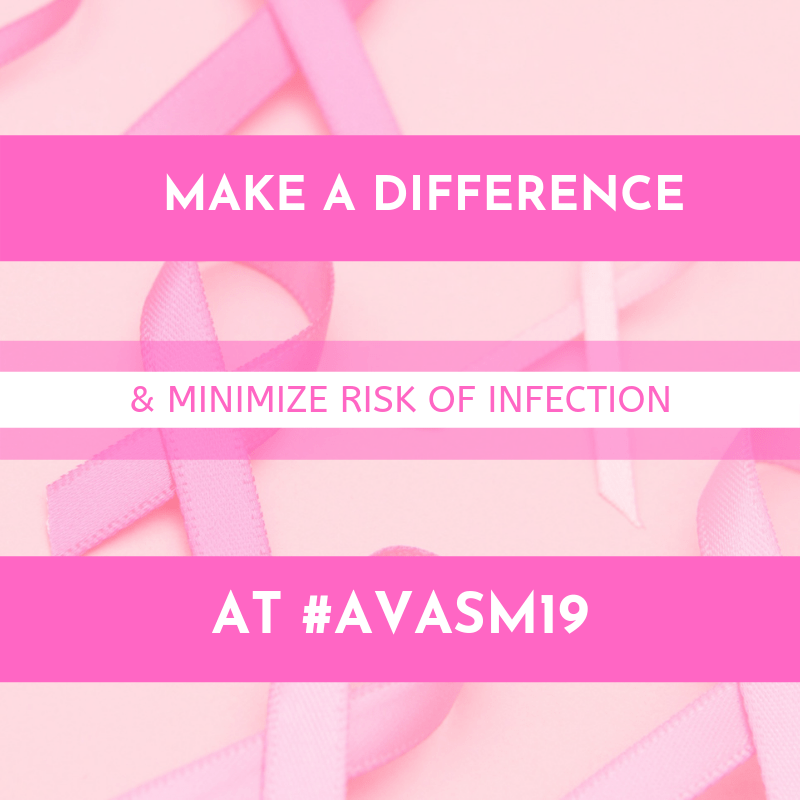Reducing CLABSI and MARSI Risk Through Improved Vascular Access Dressing Integrity
Vascular Access Dressing Adherence and Hospital-acquired Infections Central venous access device (CVAD) related infections have a 12‐25% mortality in ICU populations. [1] Due to dressing disruption, central line‐associated bloodstream infection (CLABSI) may occur. The US Centers for Disease Control and Prevention (CDC) and the Infusion Nurses Society (INS) agree that vascular access device (VAD) dressing…
Details










